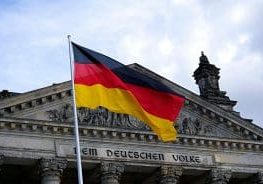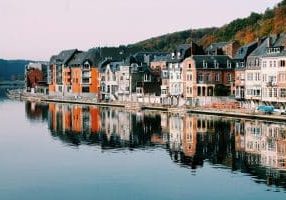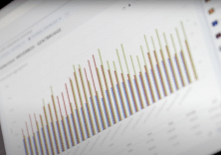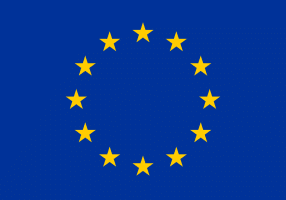Published 22/01/2024
Over the past ten years, energy efficiency has become a strategic priority for the European Union, as a means of reducing greenhouse gas emissions, increasing energy independence and security, and boosting economic competitiveness.
In practice, this priority has given rise to new objectives and obligations aimed at innovating energy-efficient materials, equipment and processes, and reducing overall consumption in the building, industry and transport sectors.
The European Union has therefore made some very ambitious choices since the first energy efficiency directive in 2012. To get countries and their economic players into action, solutions have been put forward, such as the systematic use of energy monitoring, and numerous forms of financing and aid have been rolled out. Indeed, energy monitoring is at the heart of these actions, as effective strategies can only be devised on the basis of a quantified and objective assessment of the initial situation, and on the basis of ongoing monitoring of the performance of these same actions once they have been implemented. Furthermore, in terms of financing, the transparency of data relating to positive actions, which can also be achieved through dynamic energy monitoring, is often essential to justify subsidies. All in all, we need to collectively monitor our progress to know if we're heading in the right direction.
Often specific to each state, and applied by sector, or on a regional or even local scale, regulations are an essential lever for implementing relevant efficiency plans and choosing the best solutions.
We take stock of the situation to help you find your way around the objectives to be achieved, and to enable organizations to anticipate current and future developments and remain compliant.
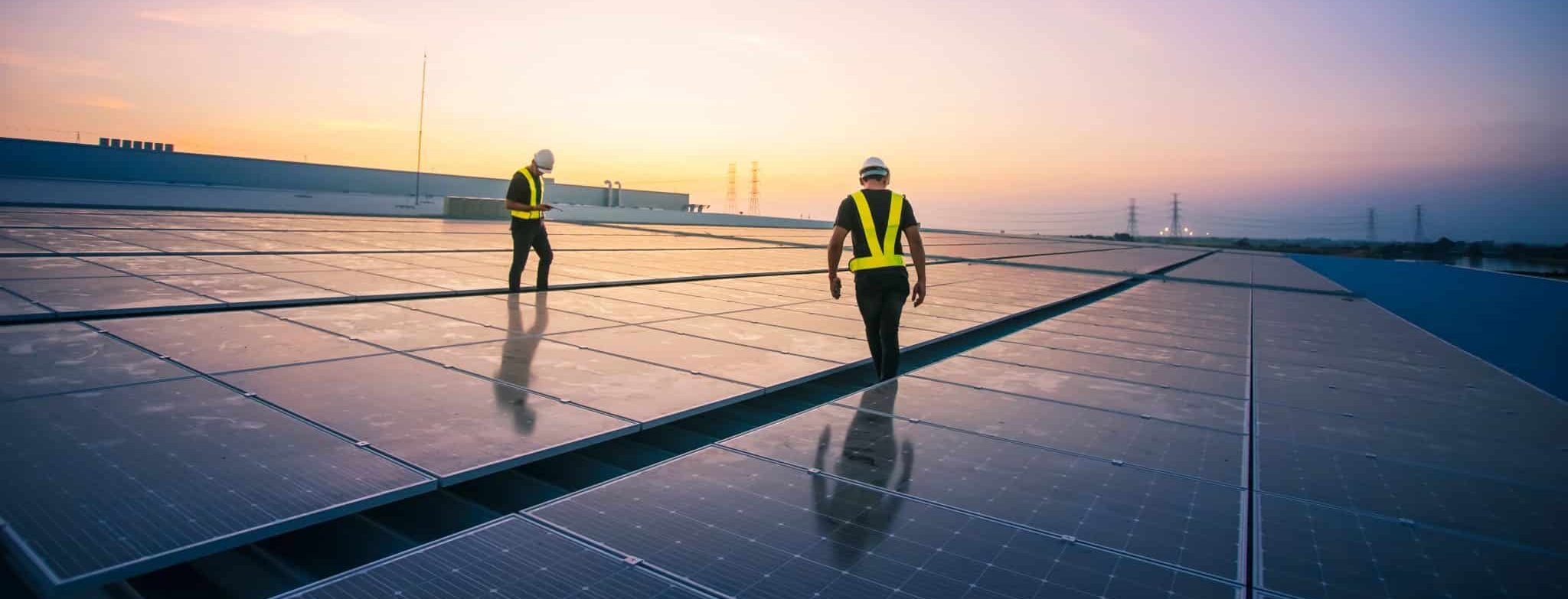
01
The Energy Efficiency Directive: More Ambitious Targets
In 2012, the European Energy Efficiency Directive came into force in the European Union. The aim was to reduce energy consumption by 20% by 2020, compared with the baseline scenario established in 2007.
Since then, the Directive has been revised several times. In 2018, a new version of the text raised the energy reduction target to 32.5% by 2030. Introduced as part of the "Clean Energy for All Europeans" package, this new version of the Directive also upholds the principle of primacy of energy efficiency: "It is important that the principle of primacy of energy efficiency is taken into account when developing new rules for supply and in other policy areas. (...) Energy efficiency should be recognized as an essential element and a priority concern in future investment decisions concerning the Union's energy infrastructure".
And in March 2023, the European Commission, Parliament and Council reached a new agreement to reform the Energy Efficiency Directive to meet the objectives of the Fit for 55 package and the REPowerEU plan.
In particular, it sets an additional target of reducing energy consumption by 11.7% by 2030 compared with the reference scenario established in 2020, i.e. almost 3 points more than the current target.
" MEPs and the Council Presidency also agreed on annual energy savings by member states of 1.5% (on average) until 2030. The annual energy savings will begin with 1.3% in the period until the end of 2025, and will progressively reach 1.9% in the last period up to the end of 2030.
The targets should be achieved through measures at local, regional and national levels, in different sectors - e.g. public administration, buildings, businesses, data centres, etc."
European Parliament, Parliament and Council negotiators agree on new rules to boost energy savings.
Focus on France
National Implementation of Energy Efficiency Targets: The Example of the Tertiary Sector and BACS Decrees in France
In France, as in other EU member states, the energy efficiency targets set by the European Union give rise to national or sector-specific measures. This is particularly the case in the building sector. Published in July 2019 following the enactment of the ELAN law, the Tertiary Eco Efficiency Scheme (DEET), also known as the "tertiary decree", thus imposes a gradual reduction in energy consumption for all tertiary buildings or premises with an operating area greater than or equal to 1,000 m2: minus 40% by 2030, minus 50% by 2040, and minus 60% by 2050 compared with a reference year that cannot be earlier than 2010.
And the BACS (Building Automation & Control Systems) decree, published in July 2020, requires new and existing commercial buildings to be equipped with automation and control systems to achieve these consumption reduction targets.
02
Financing: States Required to Act and Subject to Controls
In the 2018 version of the Energy Efficiency Directive, the drafters already stressed that "measures taken by Member States should be supported by well-designed and effective Union financial instruments, such as the European Structural and Investment Funds, the European Fund for Strategic Investments, and by funding from the European Investment Bank (EIB) and the European Bank for Reconstruction and Development (EBRD)".
As the main investment instrument under the EU budget, the European Structural and Investment Funds (ESI) support actions to promote territorial, economic and social cohesion and resilience in Europe's regions.
In a 2022 report summarizing the implementation of ESI Fund investments across various programs in Europe, we learn that by the end of 2021, 292 billion euros had been allocated to projects promoting a climate-neutral, clean and circular economy, as well as the environment and adaptation to climate change. Expenditure amounted to EUR 174 billion (63% of the planned total).
"Thanks to this, several Member States have put in place large scale renovation programmes of residential buildings. As a consequence, thousands of households are now benefitting from reduced energy bills and increased comfort. SMEs were also supported to improve their energy efficiency, cut their energy costs and improve their competitiveness."
However, European Union funds are not directly allocated to manufacturers, building professionals or citizens (with the exception of a few specific programs). Instead, they are divided among the member states, which then decide how to distribute them in various forms: calls for projects, preferential loans, subsidies, tax credits, etc.
03
Loans, Subsidies, Tax Credits...: A Wide Range of National Support Schemes
As financial aid to support the energy efficiency of industrial and other companies is devised and distributed by each state, sometimes on a national scale, sometimes on a regional or sector-specific basis, it is difficult to be exhaustive. Depending on their constitutional structure, each country has set up different levels of aid, in the form of direct subsidies or tax benefits.
However, it should be noted that in France, Italy and Belgium in particular, the installation of an energy management and optimization system, one of whose main functions is to improve energy efficiency, can be financed as part of these initiatives. Our experts are here to help you if you have any questions about financing your energy efficiency efforts.
Want to know how an EMOS can help you prepare for new regulations?
